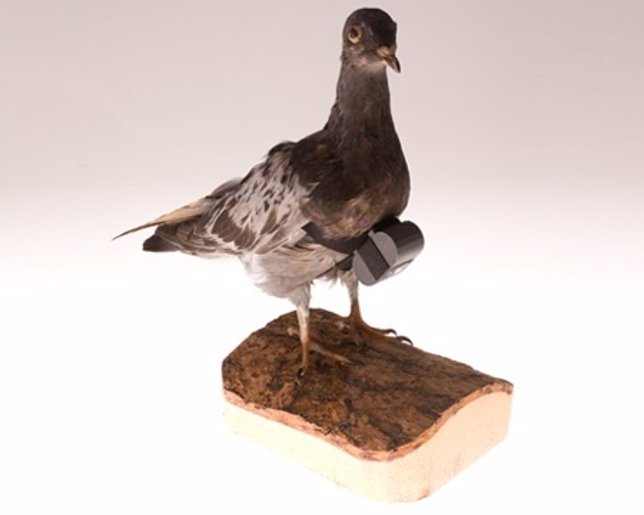
The CIA museum has all kinds of objects from its history. There are the most common and anecdotal ones, such as maps of Vietnam, a letter from Kennedy or suits for special missions.
But if we look at the gallery, on its website because the museum cannot be accessed in person , of the 148 declassified objects we can easily find quite a few objects that could easily be props for a James Bond film.
Below you can see 10 of the most curious ones , such as ‘insect drones’ for spying, compact cameras the size of a pack of cigarettes or a machete spatula.
THE FAKE COIN
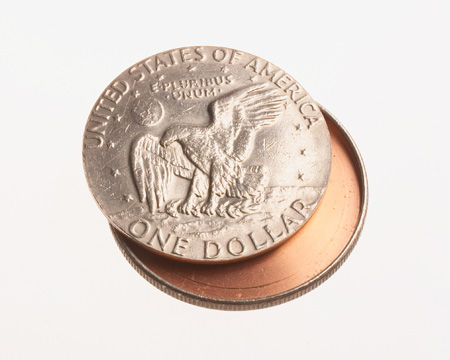
What looks like a silver dollar was actually a hollow coin that served to communicate messages without being noticed.
COMPACT LADY MAKEUP

What appears to be a simple hand mirror concealed a secret code engraved almost imperceptibly on its mirror. Without the exact angle it was impossible to see it.
THE INSECT DRONE
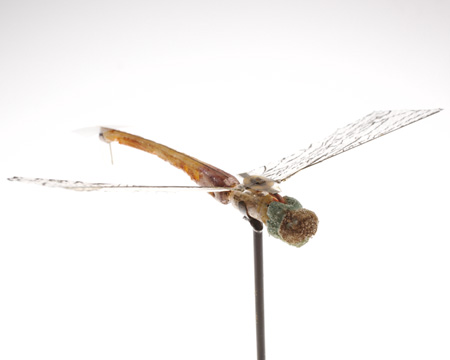
This tiny device was used to spy completely unnoticed, although as the agency itself acknowledges, it was very complicated to use when it was created (1970).
THE CAMERA IN A PACK OF TOBACCO
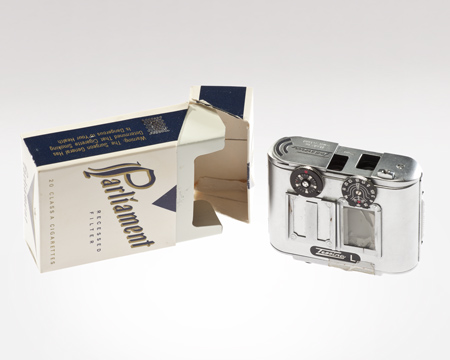
A camera so compact that it fit into a pack of cigarettes, with a 35mm film.
THE PNEUMATIC TUBE

At the organization’s original headquarters, it is said that a 30-mile pipe system was installed, enabling communication by pneumatic tubes, the largest in the world. It operated from 1962 to 1989.
THE FAIRBAIRN-SYKES SPATULA-KNIFE
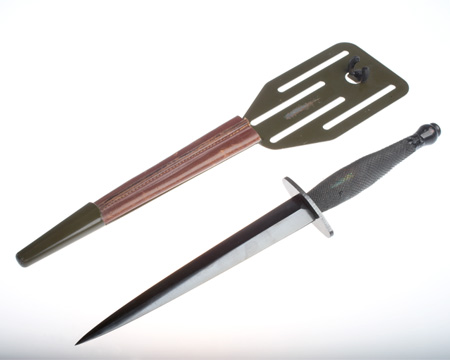
Particularly useful for close combat, the knife named after its two creators was launched in 1941 and became one of the British’s favourite gadgets for its effectiveness.
THE PIGEON CAMERA
This camera was so small that it could be attached to the bird and used to take satellite-like images. The purposes for its use are still classified, although it has been revealed that it could even be programmed when the photographs were taken.
D-21 SELF-MANNED AIRCRAFT (scale)
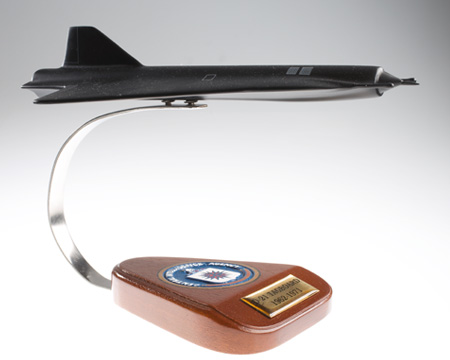
This plane is a model of the real ones that, without a pilot, took pictures of the place of interest, carried out missions and finally self-destructed.
THE DROP
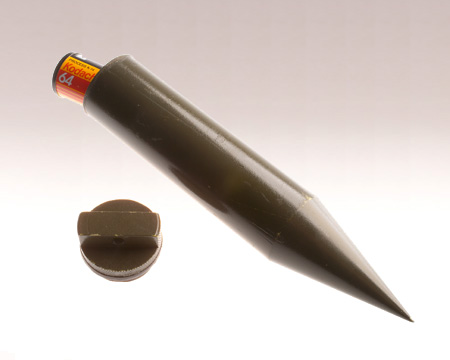
Communication has always been a priority in their missions. That is why this device, like the hollow coin, is designed to facilitate it with the least possible risk. Information or film could be placed inside this beak and thanks to its shape, it was enough to simply throw it on the ground and step on it to hide it.
MOTION DETECTORS

When combined with the terrain, these elements could detect the movement of people, animals and objects up to 300 metres away thanks to antennas and data transmitters that work with coded impulses. They were designed during the Cold War.


